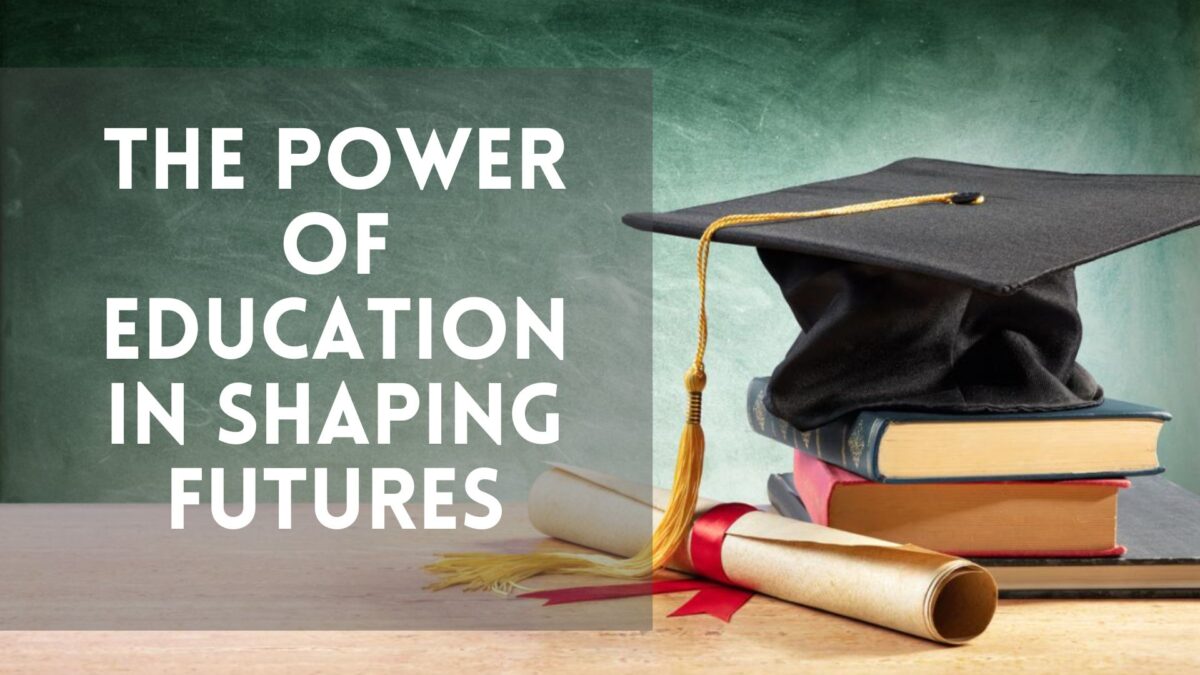The Power of Education in Shaping Futures

Education is a cornerstone of progress and development. It empowers individuals, transforms communities, and fosters economic growth. In today’s rapidly evolving world, digital education and targeted government schemes play crucial roles in building a brighter future for everyone. This blog delves into how these elements contribute to educational success and societal advancement.
Embracing Digital Education
The Rise of Digital Learning
Digital education has significantly altered how we learn and teach. Technology now integrates into classrooms and learning environments, offering access to resources previously unavailable. Tools such as interactive online platforms, digital textbooks, and educational apps enhance the learning experience by making it more engaging and accessible.
Bridging Gaps with Technology
One of the major advantages of digital education in India is its ability to bridge gaps between urban and rural areas. In many remote regions where traditional educational resources may be limited, digital tools provide a lifeline. These tools ensure that students in less accessible areas receive the same quality of education as those in more developed regions.
Government Schemes for Girls’ Education
Supporting Girls’ Education
The Indian government has launched various schemes to promote and support girls’ education. These government schemes for girls’ education initiatives aim to eliminate barriers that prevent girls from pursuing their studies and ensure they have equal opportunities to succeed. Programs like the Beti Bachao Beti Padhao Scheme and the Sukanya Samriddhi Yojana offer financial assistance, scholarships, and other resources to support their academic journey.
Empowering Through Financial Assistance
These government schemes address issues such as dropout rates and educational inequality. By providing financial support and resources, they empower girls and promote their participation in the educational system. These programs are crucial in ensuring that girls receive the education they deserve.
Read Also>>> 5 Great Tips For Landing Government Jobs After Graduation
Enhancing Learning Outcomes with Digital Tools
Improving Learning with Technology
The integration of digital tools in education has led to notable improvements in learning outcomes. Interactive software and online resources cater to various learning styles, helping students grasp complex concepts more effectively. Online assessments and feedback mechanisms allow educators to monitor progress and address learning gaps promptly.
Flexibility and Convenience for Students
For students, digital education offers flexibility and convenience. They can access learning materials at their own pace, revisit challenging topics, and participate in virtual discussions. This personalized approach enhances comprehension and fosters a sense of autonomy and responsibility.
Addressing Challenges and Finding Solutions
Overcoming Barriers to Digital Education
Despite the benefits, challenges remain. Some areas lack infrastructure and technical support, which can hinder the implementation of digital tools. Cultural and societal barriers may also affect the uptake of government schemes, especially for girls’ education.
Investing in Solutions
To overcome these challenges, investing in infrastructure and providing training for educators and students is essential. Partnerships between government agencies, non-profits, and private organizations can help address barriers and ensure that digital education and government schemes reach those who need them most.
In summary
The combination of digital education and government schemes for girls’ education offers powerful tools for transforming the educational landscape. By leveraging technology and targeted support, we can create an inclusive and equitable educational environment that empowers all learners to achieve their full potential.
FAQs
1. What is digital education, and how does it benefit students?
Digital education involves using technology and digital tools in learning. It benefits students by providing interactive resources, flexible access to materials, and personalized learning experiences.
2. How do government schemes support girls’ education in India?
Government schemes like Beti Bachao Beti Padhao and Sukanya Samriddhi Yojana offer financial assistance and resources to support girls’ education, aiming to reduce dropout rates and promote equal opportunities.
3. What challenges are associated with digital education?
Challenges include inadequate infrastructure, limited technology access, and the need for training. Addressing these requires targeted investments and collaboration.
4. How can digital education be improved in underserved areas?
Improving digital education involves investing in infrastructure, providing technology access, and offering training. Collaborative efforts can enhance the effectiveness of these initiatives.
5. What role do government schemes play in promoting educational equity?
Government schemes help promote educational equity by addressing barriers, offering financial support, and creating opportunities for marginalized groups, including girls and disadvantaged students.
6. How do digital education tools impact teacher effectiveness?
Digital education tools enhance teacher effectiveness by providing resources that can make lessons more interactive and engaging. These tools also offer data and analytics that help teachers track student progress and tailor instruction to meet individual needs. As a result, teachers can deliver more personalized and effective instruction, ultimately improving student outcomes.










